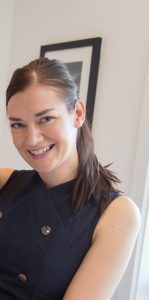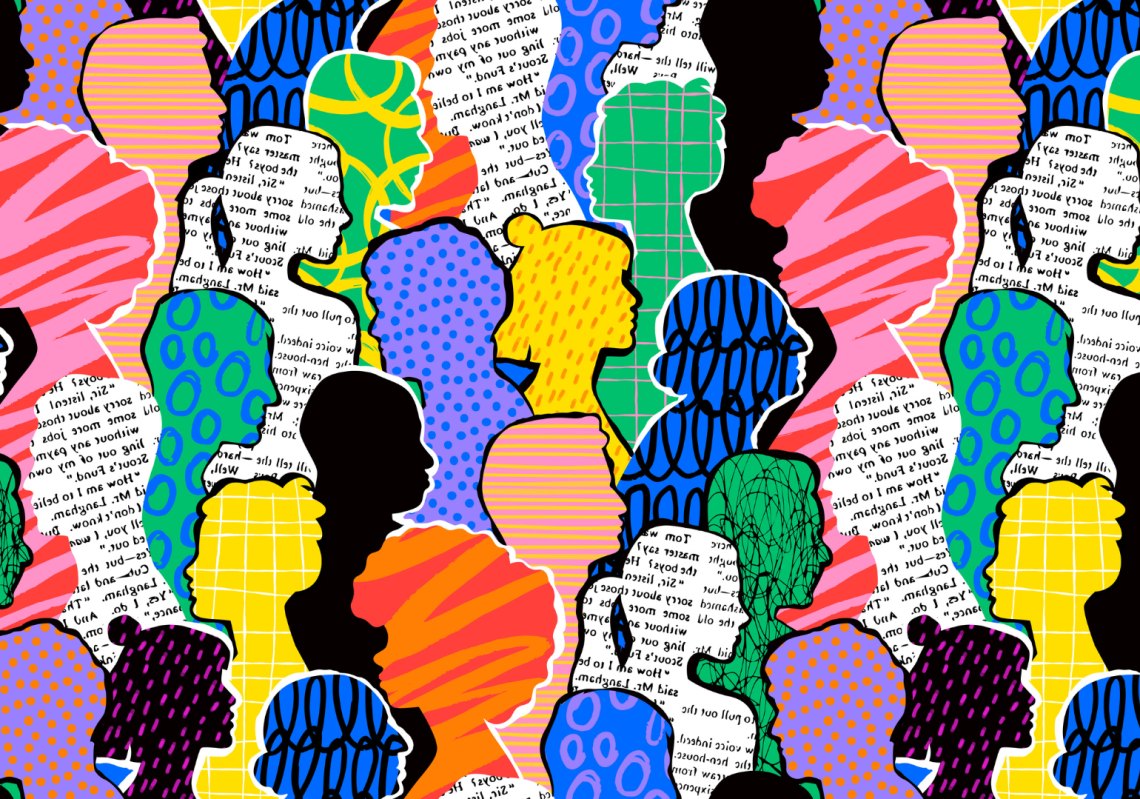Susan Lloyd MIEAust is a design manager at KBR who has worked across some of Australia’s most transformative infrastructure and energy projects. Ahead of International Women in Engineering Day on 23 June, she sat down with create to reflect on the joys and challenges of her career so far.
Susan Lloyd began her career as a design engineer working across various infrastructure sectors: from securing environmental flows for the Coorong to delivering innovative transport and health care solutions.

She now finds purpose in creating and managing diverse design teams, enabling them to bring their authentic selves while delivering tangible change for the community. Her vision is for her non-negotiable diversity to become standard practice.
What inspired you to pursue a career in engineering, and can you share some highlights of your journey so far?
“Originally, it was the opportunity to improve water security and environmental flows that inspired me to pursue a career in engineering. However, this was just the beginning of my engineering journey. Over the years I’ve broadened my focus, taking on projects delivering infrastructure that improves our communities by providing the ability to connect; projects such as level crossing removals, motorways and expressways.
“There is a responsibility when investing in infrastructure to ensure it delivers not just for now, but that it will keep delivering for future generations.”
What are some of the biggest challenges you have faced as a woman in engineering, and how have you overcome them?
“The biggest challenge I have faced is managing my endometriosis. This chronic condition is often unpredictable and can result in bouts of significant fatigue and time away from work.
“As I have developed a better understanding of the condition, management techniques and what works for me, I have been able to better communicate how I can be supported.
“Many of the teams, both within KBR and within our projects, have welcomed this with respectful honesty. In many cases, my being open and honest has built a wider understanding of the condition and opened up many conversations.”
Can you describe your experiences with workplace culture in engineering? Have you ever encountered gender bias, and how did you handle it?
“As a graduate engineer I was fortunate to have entered a gender- and discipline-diverse team, led by a manager who had a strong technical background and held high standards for delivery. Those early years created safe learning zones where I could test my understanding and develop confidence in my technical offering. It also offered a space where questions were demanded and curiosity at the forefront of the team’s core.
“I acknowledge that not all women in the industry have had the same experience. Having both a gender- and discipline-diverse team meant no one was afraid to ask an informed question, having considered the information available, creating a solid culture of ‘What if?’, rather than ‘Why would you?’.
“Hopefully as time moves on, experiences like mine will be the norm, not the exception.”
How important do you think mentorship and networking are in the engineering field, especially for women? Have you had any mentors who significantly impacted your career?
“When work is delivered by teams, mentorship, coaching and networking are fundamental. Very rarely can a one-person team deliver infrastructure or solutions that meet everyone’s needs. You need varied lived experience to draw upon, when deciding how to resolve a problem you have not seen before.
“To do well in a team environment, members must actively challenge their thinking, which requires self-awareness and high emotional intelligence. Being willing to relearn and consider different ways is integral, and to do so you need to have respectful advocates of your individuality and ability to grow. These advocates are found through networks, mentors and coaches.
“There have been managers, mentors and advocates who have supported my own technical development and continued professional development. Sarah Murphy, my first manager, taught me to come at a problem with curiosity, a questioning mind and to revel in – and respect – the detail. Sarah, like others, has paved the way for the next crop of curious engineers.
“As a global company with offices across Australia, it’s also been really important for me to forge connections with other women at KBR – Hannah Crowther in Perth, Melissa Griffith in the Sunshine coast and many others – it’s so useful to maintain these interstate connections, for when you need specialist advice or even career support.”
What advice would you give to young women who are considering a career in engineering but might be hesitant due to potential challenges?
“Engineering is a fantastic career option for women. If you are curious to build, create or imagine, if you are zealous and have a passion to communicate your ideas with humility, then the engineering industry will welcome and support you.
“The engineering industry is broadening every year, and it seeks a diverse skill set. It’s not just design services the industry seeks, but also technical writers, environmental approvals, systems assurance, data analysts and many more. If you are into solving problems, there is a place for you in engineering.
“We are making steady improvements to make the industry more diverse, and for women who seek a fast-changing role where they can make a difference to their communities through solving problems, it’s a fantastic career.”
Engineers Australia will recognise INWED by hosting a national webinar, as well as a variety of in-person events across the country. Find an event near you.



